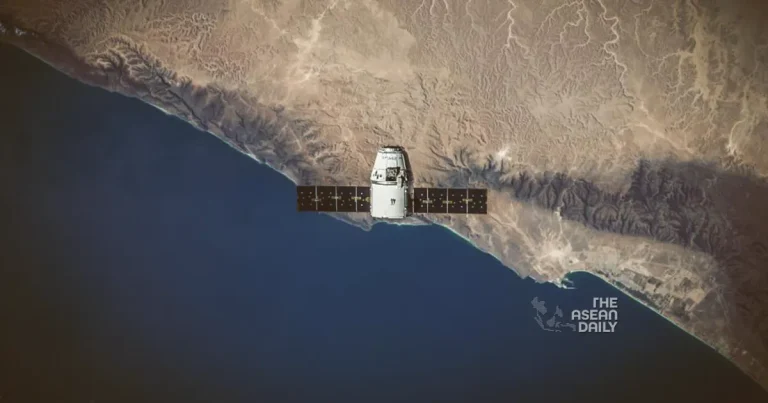15-5-2024 (MANILA) The Philippines and the United States have agreed to deepen their cooperation on space technology, including its utilization for maritime domain surveillance of Manila’s territorial waters and exclusive economic zone (EEZ). This development came during the inaugural bilateral space dialogue held in Washington on May 2nd, aimed at expanding collaboration on outer space innovation and its socioeconomic applications.
According to a joint statement released on Tuesday, the two delegations “recognized the potential for expanded cooperation on the use of space for maritime domain awareness, including through the US Department of Transportation-led SeaVision program.” The statement further elaborated that “such programs can help monitor and document vessels in the Philippines’ territorial waters and EEZ, ensure the safety of mariners at sea, monitor and help protect the environment, and help combat illegal, unreported and unregulated fishing.”
SeaVision is a web-based maritime situational awareness tool that provides a broad array of maritime information. Utilizing satellite imagery, transponders, and infrared technology, the system tracks ships round the clock, providing near real-time and historical information on vessel positions and details. Since 2021, the United States has been providing free access to the system to the Philippine Coast Guard, Philippine Navy, Bureau of Fisheries and Aquatic Resources, and National Coast Watch Center.
Furthermore, the joint statement indicated that both sides agreed to “consider the possible hosting in the Philippines of a US Geological Survey (USGS) Landsat ground station.” The Landsat program is a US satellite system capable of repeated multi-spectral observations of the global land surface at a moderate scale, showcasing both natural and human-induced changes.
The Philippines also expressed interest in the “possible expansion of cooperation of the joint USAID-Nasa SERVIR program, which expanded last year to include the Philippines.” SERVIR, a joint program of the National Aeronautics and Space Administration (Nasa) and United States Agency for International Development (Usaid), provides critical information and support services to track environmental changes, evaluate ecological threats, and respond to damage from disasters.
The Philippine delegation was led by Philippine Space Agency (PhilSA) Deputy Director General for space science and technology Gay Jane Perez, while the US delegation was headed by State Department Bureau of Oceans and International Environmental and Scientific Affairs Deputy Assistant Secretary Rahima Kandahari.
PhilSA, created under Republic Act No. 11363 or the Philippine Space Act, is the central government agency addressing all national issues and activities related to space science and technology applications. Among its mandates is “to safeguard Philippine sovereignty, territorial integrity, Philippine interest, and the right to self-determination as mandated by Article II, Section 7 of the 1987 Constitution.” It also seeks to ensure that the Philippines is officially represented in the international space community for establishing cooperation agreements and linkages on space development.
Through this deepened cooperation with the United States, the Philippines aims to leverage space technology for maritime surveillance, environmental monitoring, and disaster response, underscoring its commitment to protecting its territorial waters, promoting sustainable development, and enhancing its national security capabilities.




